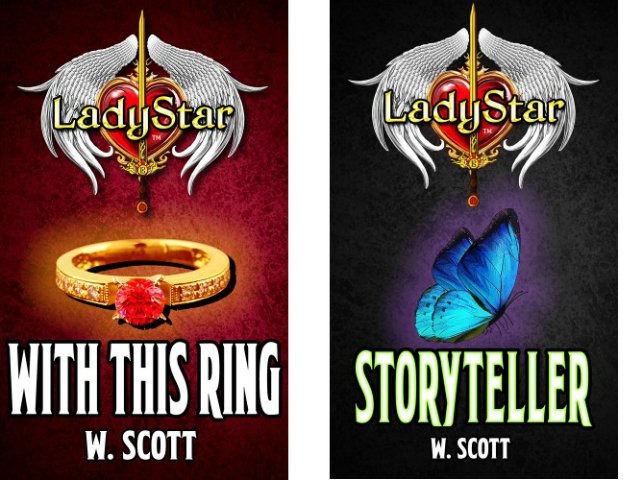This is part one of a new three-part series from Theodore Jefferson, whose new book, The Incredible Untold Story of Sailor Moon, is available now. Check out part one and part two.
It is far too easy for authors and readers alike to describe a teenage girl with a boyfriend or even a candidate for a boyfriend as “boy crazy.” The equivalent concept of “girl crazy” for boy characters is rare to the point of absurdity.
A teenage girl in love is one of the most powerful and compelling images in all of literature. As recently as The Hunger Games, Suzanne Collins presents her heroine alternately as a girl fighting for survival and trying to understand her own desire, or lack thereof, for male companionship. It doesn’t take much to recognize that people will fight for love with every last piece of their soul. The sour “mean girl” concept from earlier in this series is an expression of precisely that; the overwhelming majority of those mean girls are generally fighting to defeat romantic rivals or to get and/or keep the attention of their chosen boyfriend candidate.
Boys fight for love as well, but due to the way culture has grown around chivalric imagery and idyllic love, boys have a number of vehicles to express their courage. In tales of chivalry, knights often fight for the honor of their lady. That honor, of course, reflects upon the knight who wins it, but the perfection in its expression comes from his selfless gift. The lady has honor because it was won for her. She can then return it to her knight by simply favoring him. This complex ritual gives boys an elaborate ideal expression. This is the key to chivalric love, and many of the ideals upon which post-medieval Western culture is built.
No such imagery yet exists for girls. Then again, as a culture, America has only very recently accepted the idea that a girl can fight, defend their principles, express courage ,and have honor. Characters like Katniss and H2O‘s Emma, Rikki and Cleo, Hermione Granger, Elastigirl, and so forth, are taking more central roles in heroic narratives, and as a result, they are becoming the anchors for even more powerful tales of victory.
What shape the imagery of a chivalric equivalent for girls will take remains to be seen, but we do have some rather interesting clues in some recent new stories and the characters who tell them. In W. Scott’s LadyStar series, one of the central elements of the story establishes courageous imagery on behalf of the main characters, who are seven teenage girls armed with very powerful magical weapons. Jessica Halloran’s first act when confronted by evil is to charge directly into the fray. She does this not because she is deranged or inauthentically brave, but because she is trying to save her would-be boyfriend from doing something reckless.
Her friend Talitha Casey isn’t quite as bold, but she also refuses to retreat. As the story develops, Talitha’s major virtue emerges. She may not be the first to attack, or bring the most firepower to bear, but she stands her ground, and that ground is often near Jessica. The two girls are opposite personalities, and have opposing battle strategies, but together they are the battery of a formidable wrecking machine, even without their considerable battle magic. The clear message is that neither girl would be anywhere near as powerful without the other, and that Jessica’s capacity for love is the driving force in her ability to fight like she does. She doesn’t always win, but she never surrenders either.
In our Authors Guild we have a slogan: “With words alone, we have an unlimited special effects budget.” Readers demand the fantastic in their stories, and that is one reason characters like Jessica and Talitha are becoming more common. A teenage girl winning a fight against a drunken farmer in a fantasy Inn isn’t quite as thrilling as seven girls winning a fight against a rampaging four-story-tall hornwing or a swarm of semi-corporeal vampire mist creatures, or an army of bloodlune-infected winged scorpions.
How much more compelling does the story of a girl fighter become if her opponents escaped from a nightmare? How powerful does her love have to be to produce the courage necessary to face such horrors? How can she possibly face that magnitude of evil?
She can do it because she fights like a girl.
Theodore Jefferson is a founding member of the Lexicon Hollow Authors Guild and is a creative consultant and Associate Editor for W. Scott’s LadyStar series of Romantic Fantasy Adventures, available at the Official LadyStar Bookstore.
Are you following The Mary Sue on Twitter, Facebook, Tumblr, Pinterest, & Google +?









Published: Apr 14, 2015 04:10 pm